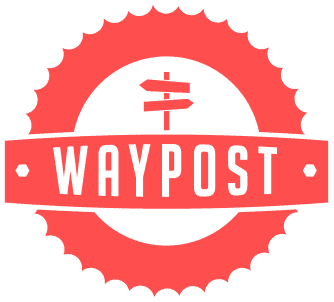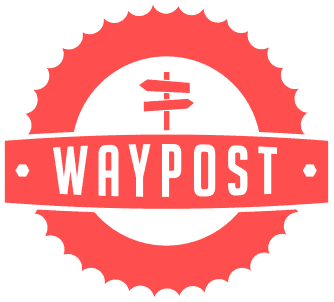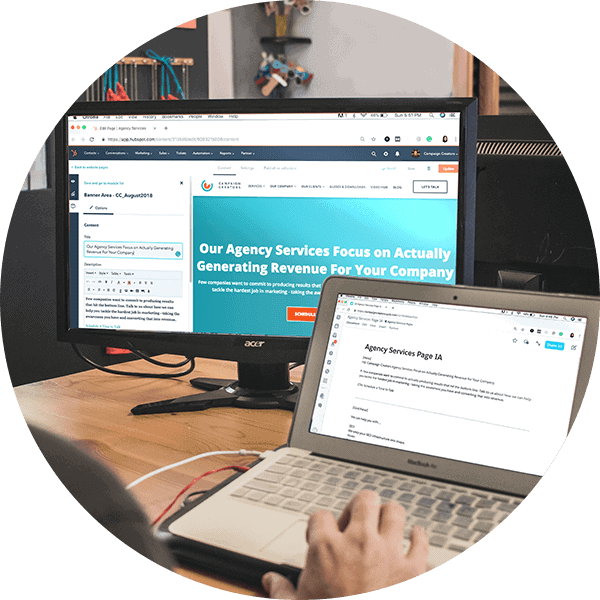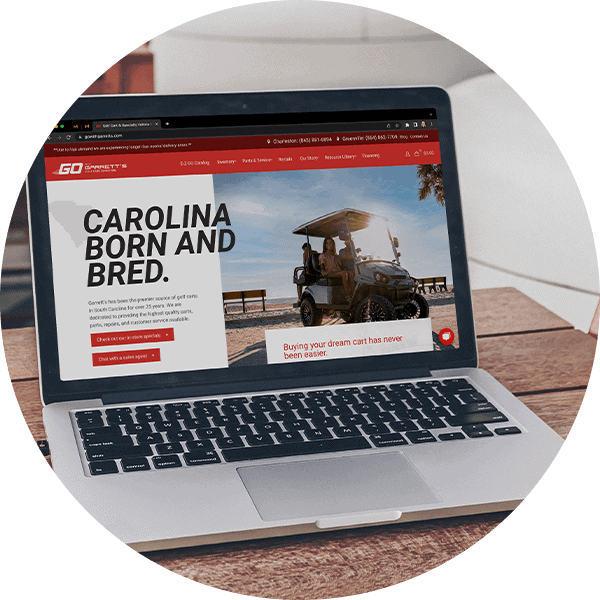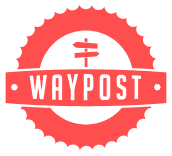
Web Analytics: Organic & Social Traffic to Your Website
November 22, 2016
Do I Really Need Digital Marketing if Everyone Knows My Brand?
December 7, 2016
So you want to increase traffic to your website. Don’t we all! Getting traffic is the first step in the conversion process, but what you may not realize is that the type and quality of your traffic can determine if you will have a conversion process at all. This is why it is so important to understand the difference between all of your traffic channels before we can go any further.
We covered Organic and Social channels in our previous article, so go back and read that if you want to attract customers from search engines and social media networks (go ahead and read that article, we’ll wait!). Okay, now we can continue with Referral, Direct and Email channels:
Referral Traffic
Every part of your marketing strategy—social media, SEO, content, PR, reputation management—can contribute to the increase of referral traffic. In definition, this type of traffic consists of “visitors referred to your site from links on other websites.”
Here’s the catch: quality, relevance, and targeting are all very important here. Sharing and spreading your links on websites that have nothing to do with your industry or buyer persona won’t bring you any ROI. Moreover, it will affect your SEO negatively and might even cause a penalty.
First off, we hope you do have buyer personas, because you will need a few details here. The websites, news outlets, directories, and brand websites they visit should be your next target destinations. Publish content, listings, or any other helpful pieces of information on those websites.
Do they visit Yelp or any other online directory to find local recommendations? Do they read local news every morning? What industry websites do they read to keep up with your market? Start networking with those websites, exchange content, and get your links on their websites and in front of your desired audience. This will earn you qualified referral traffic; visitors who come from those websites trust the recommendation and will be more likely to convert into leads and customers.
If you started building referrals but keep receiving traffic that doesn’t convert, consult your SEO expert; the links you acquired may not be trustworthy.
Direct Traffic
Direct traffic is our favorite because it is a bundle of mysteries and surprises, and if you thought it’s the easiest to understand, buckle up, because there’s about to be some turbulence in your web analytics!
According to Google, Direct traffic is generated from “visitors who visited the site by typing the URL directly into their browser.” In reality, direct traffic may be generated from:
- A link in an email that you didn’t track. This point also depends on the email provider your visitors are using
- A link from a document. For instance, if a visitor downloaded your Services and Pricing PDF and then clicked on your link from there, it will be counted as direct traffic
- Some of the link shorteners you may be using
- Your non secure site (http) links posted on secure websites (https). During this visit, the secure website will not act as a referrer to the non secure website, and the referring data will be lost
- Organic visits during which the browser had issues
- And, finally, dark social, all that social traffic that goes untracked
All these are reasons why should not ignore direct traffic, but analyze it. Some of that traffic might actually be coming from your SEO, referral, and social media efforts!
Email Traffic
Email traffic is a whole different story. While the rest of these channels bring both new and returning visitors to your website, email traffic is mainly comprised of returning users.
Determining the efficiency of your email campaigns will help you understand if you’re carrying out the right lead nurturing strategy. If you are using a marketing automation platform like HubSpot, take a look at your leads’ interactions in the email dashboard or the individual contact profiles.
If you are currently using HubSpot or another marketing automation platform to create automated email workflows, you can actually keep receiving email traffic even if you don’t send an email newsletter that month. That’s the magic of automation!
And that’s all there is to it; you now know how to track web analytics and increase your traffic sources! If you still have questions, go ahead and browse our blog for more expert tips and knowledge, or get in touch with us directly.
Oh, and don’t forget to tell us how you arrived here!
